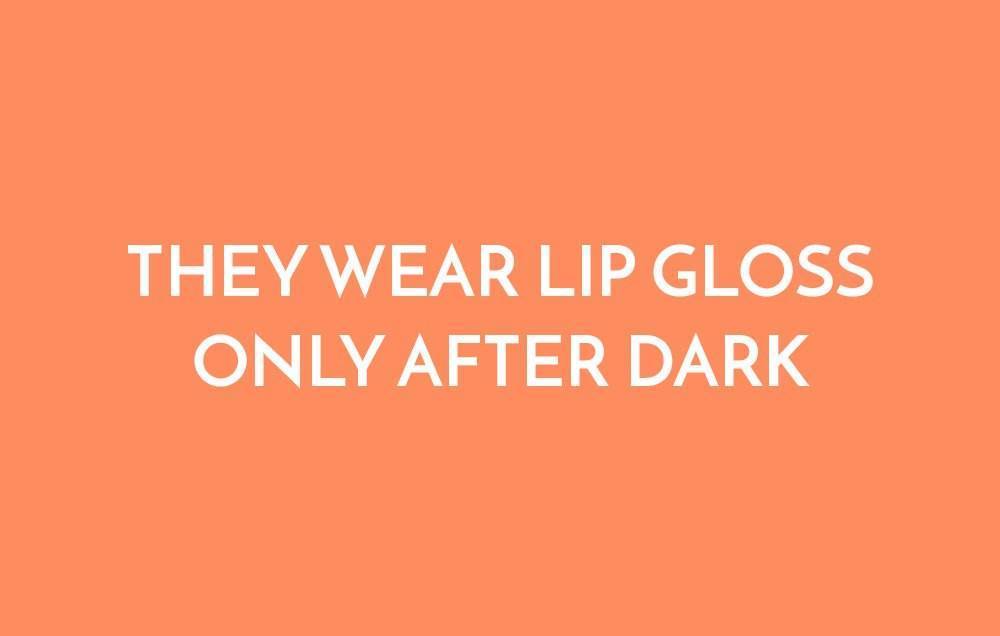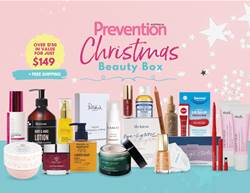The sun's dark side, quantified: It is behind 80% of wrinkles and spots and is the primary cause of skin cancer. How can you enjoy a minute outdoors knowing that? The same way dermatologists do - with the clever protection methods they've developed to save their own skin.
They've read (or written) all the studies. They've researched and tested countless products. And they witness, daily, the effects of too much UV exposure in their patients. But in one very important way, dermatologists are just like us! They still go out into the world and worry about the health of their own skin. So what do they actually do with this knowledge? How do they boil it down into doable steps for everyday mornings and beach-day activities?
We polled 23 top derms about the educated tweaks they make to a typical SPF routine. This full-access guide to protecting your skin like a dermatologist starts with, of all things, toothpaste.







They keep their sunscreen with their toothpaste.
Giving sunscreen a front-and-centre spot on the bathroom sink serves as the greatest reminder to put it on every morning. "I've been doing this for years," says dermatologist Dr Ranella Hirsch. The habit is backed by science: A recent study showed that participants who stored SPF by toothpaste had a 20% increase in use compared with the group who kept it elsewhere.
They choose their SPF level mathematically.
When sunscreens are tested in the lab under perfect conditions, scientists determine their SPF based on using a superthick (some say impractical) amount to cover skin. "Studies have shown that people tend to underapply sunscreen, and that it wears off over the course of two hours," says dermatologist Dr Macrene Alexiades. "This means that if you start with an SPF of 100 and underapply by half, you're starting with the equivalent of an SPF 50, which then deteriorates to about an SPF of 30 or 15 by the two-hour mark." All the more reason she opts for SPF 110 whenever she's going to be outdoors all day.
Every single derm we polled said the minimum they reach for on regular days is SPF 30 - but that number, again, is subject to some sun algebra. "The SPF corresponds to a percent blockage of rays. So if you live somewhere fairly overcast, the difference between blocking 97% with SPF 30 versus nearly 99% with SPF 100 may not be a big deal - but if you live somewhere the rays are a lot more direct, using an SPF higher than 30 does make a difference because every percentage point of additional blockage means a lot less skin cancer risk," Alexiades says.
They know the spots other people miss.
These doctors spend all day examining people from head to toe—and they've seen the places where skin cancer pops up and wrinkles set in. In addition to the tops of and behind ears, backs of hands, knees and tops of feet, there are three other places that seem obvious but we regularly forget: "I see a lot of that plucked-chicken-skin effect on the sides of people's necks. Our chins protect the center of the neck a bit from the sun, but not the sides. I always make sure I've applied my facial SPF down and around my whole neck," says dermatologist Dr Doris Day.
The other oft overlooked places are between your toes and along the hairline. "I witness a tonne of brown spots in front of the ears as well as on the top of the forehead, so I start my facial sunscreen at the periphery, then get more product if I need to once I reach my nose," says Day. Others dust a powder SPF, like Colorescience Sunforgettable SPF 50, through those face-framing baby hairs if they don't want to gunk them up with a cream.
They work in layers.
Most derms agree that the standard measurements recommended for sunscreen - a teaspoon for the face, a shot glass for the body - are completely lost on everyone (including themselves - except for the one derm we spoke to who actually measures it out!). Instead, nearly all of them apply in layers to get sufficient coverage - and rub in different directions on round two. "This ensures I haven't missed a spot," says dermatologist Dr Vivian Bucay. Oh, and they do this while naked: "Doing so avoids burns along the edges of a bathing suit or clothes, which I often see in patients," says dermatologist Dr Emmy Graber. Still unsure if you've applied enough? Our derms insist you're properly covered only when you can see the results glistening on your skin.
They start the the morning with coffee... and antioxidants.
But first, coffee: Dermatologist Dr Whitney Bowe upped her java intake from 250mL to 375mL after reading a recent study that showed more coffee equals a lower risk of developing malignant melanoma.
As for antioxidants, they're a safety net, protecting against free radicals that slip through the cracks of your SPF - which one study showed can be up to 45%! "There's research that says the combination of ferulic acid with vitamins C and E can increase your sunscreen's SPF by eight," says dermatologist Dr Tina Alster, who layers a cream with this combination under her sunscreen.
If a two-step routine is one step too many, dermatologist Dr Diane Berson, loves the new wave of sunscreens with strong antioxidants built in. Both Day and Alexiades also follow antioxidant-rich Mediterranean diets to help protect against UV damage from the inside.
They wear lip gloss only after dark.
"Anything super shiny can act like a magnifier and enhance the penetration of sunlight - I've seen lots of patients wear lip gloss outside and get so sunburned their lips were puffy," says Graber, adding that lower-lip skin cancers are common and, in her experience, often likely to spread. During the day, the pros prefer lip balm with SPF.
And don't be shy about reapplying - it's the first place sunscreen disappears because we're constantly licking our lips, eating, and drinking. Or try this move from dermatologist Dr Amy Wechsler: "I close my mouth and do a pass over my lips when I put on my regular sunscreen to cover them with the formula."
They upgrade their cars.
Studies demonstrate that the UV exposure we get through car windows can do a lot of damage - a famous one looked at the (shockingly) accelerated weathering on the left side of the face of a truck driver; another showed an increase in skin cancers on the left side of the face and left arm. "I see this in my practice - it's pretty incredible to be treating 10 precancers on one side and zero on the other all because of extra sun exposure," says dermatologist Dr Ellen Marmur.
In fact, one study published in JAMA Ophthalmology showed side windows allow an average of 25% more UVA rays, the type associated with skin cancer and the visible signs of skin ageing, into the car than windshields, which are built in a way that blocks out about 95% of UVA. All windows of a car effectively block out UVB rays, the type associated with skin cancer and burns.
The derms we spoke to who spend quality time on the road insist on adding UVA-protection films to their car windows. "I have ceramic window tints, which also reduce heat buildup in the car," says dermatologist Dr Arielle Kauvar, whose commute clocks in at two hours daily.
If their windows don't have the additional exterior protection, they stash powder sunscreens in their glove compartments - it won't break down in a sweltering car - and apply over any exposed skin before they start the engine. "Don't forget your hands," says dermatologist Dr Kimberly Butterwick. "Women, especially, get a tonne of age spots there - I think they tend to keep their hands at the top of the wheel."









